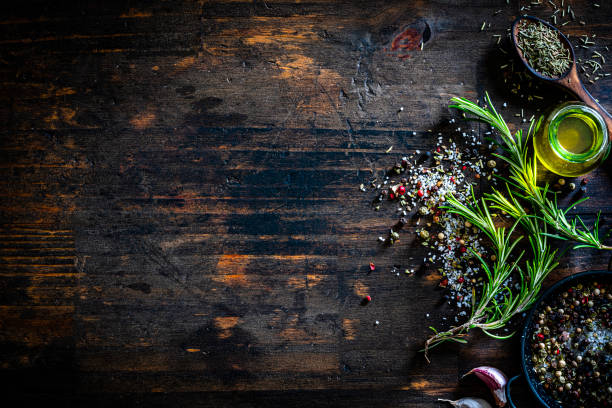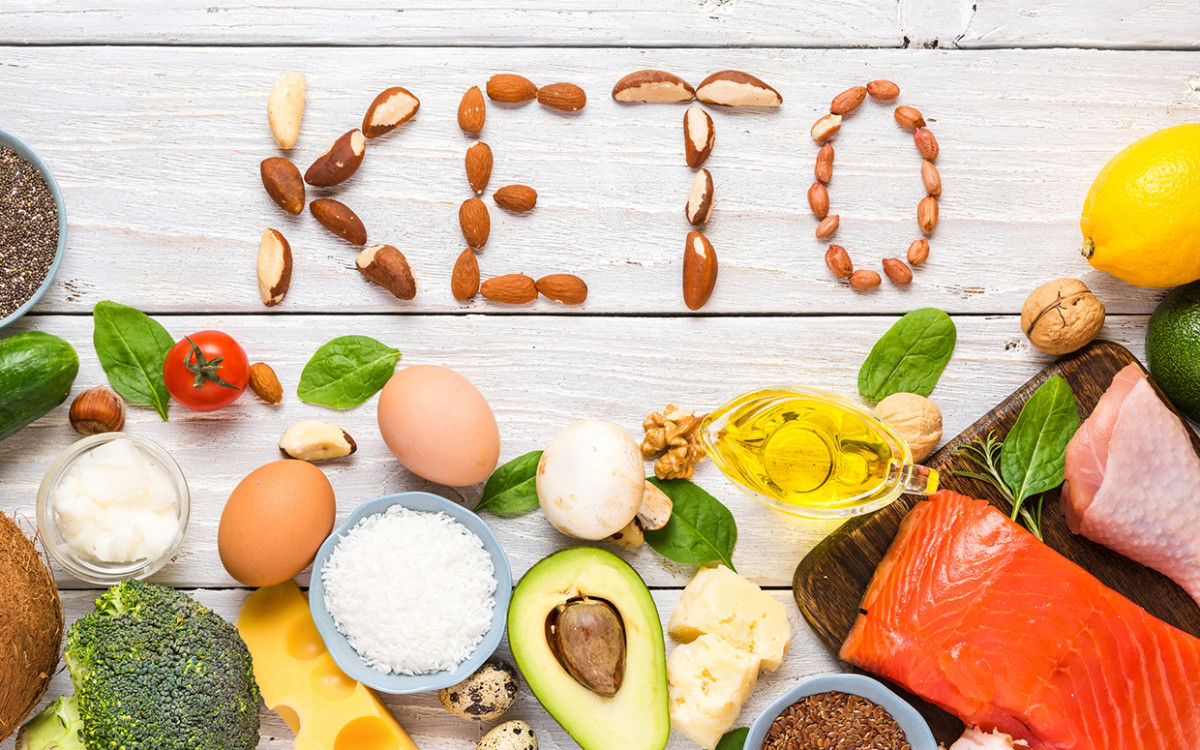Table of Contents
ToggleHigh blood pressure is a common condition that can have serious health implications. It’s important to know what herbs may help you lower your blood pressure, as well as how they work. In this article, we’ll discuss some of the most commonly used herbs for high blood pressure and provide some tips on how to get started using them in your daily routine!
Herbs associated with lowering blood pressure

You can also use herbs to help lower blood pressure. Herbs are a natural way of lowering high blood pressure, and they can be used in many different ways.
Herbs work because they stimulate the kidneys and liver, which help flush out excess sodium and water from your body. When this happens, there’s less fluid in your body which causes swelling and high blood pressure.
Cayenne pepper
Cayenne pepper is a good source of vitamin C and capsaicin, which is a natural anti-inflammatory. Capsaicin may also help reduce high blood pressure by lowering stress hormones and improving kidney function.
Garlic
Garlic is a member of the onion family, which includes leeks and shallots. It’s been used for centuries as both medicine and food, although it’s considered more difficult to find in your local grocery store than some other herbs.
Garlic has been shown to lower blood pressure, cholesterol levels, and LDL (bad) cholesterol volume in people with high blood pressure or heart disease—and may also help prevent these conditions in those who are at risk. It contains allicin (the active ingredient), which acts as an antibiotic against many types of bacteria; this property makes garlic useful for treating infections caused by staphylococcus bacteria or strep throat symptoms like fever/chills/malaise/etc., along with viruses like Epstein Barr virus (EBV).
Celery seed
Celery seed is a diuretic and can help reduce blood pressure. It has a bitter taste, so it’s easy to mask with other flavors in foods or drinks like salad dressings and soups.
Ginger

Ginger is a common spice, but it’s also one of the most powerful herbs for high blood pressure. It’s rich in vitamin C and fiber, which can help your body absorb iron better. Ginger also contains antioxidants that help protect your cells from damage caused by free radicals, which are molecules that contribute to aging and disease.
Ginger helps regulate blood pressure by reducing inflammation in the body (and thus reducing swelling), improving digestion (especially if you’re suffering from nausea or indigestion), and relaxing muscles around your heart so they don’t tighten up as much during physical activity like working out at the gym or jogging on the treadmill—all things that may increase your risk for hypertension!
Hibiscus Flowers
Studies have shown that hibiscus flowers lower blood pressure, making them a great addition to your diet. You can consume the flowers directly or prepare them into tea for consumption. Additionally, hibiscus flowers possess antioxidant properties and may provide benefits to individuals with hypertension (high blood pressure).
You can add hibiscus flowers to smoothies or juice drinks! They’re also delicious when added to salads or other dishes as well.
Conclusion
It is important to remember that herbs do not cure high blood pressure, but they can be a great complement to other treatments. Herbs may help with the symptoms and prevent complications such as stroke or heart attack, so they’re worth looking into if you’re suffering from any of these issues.










